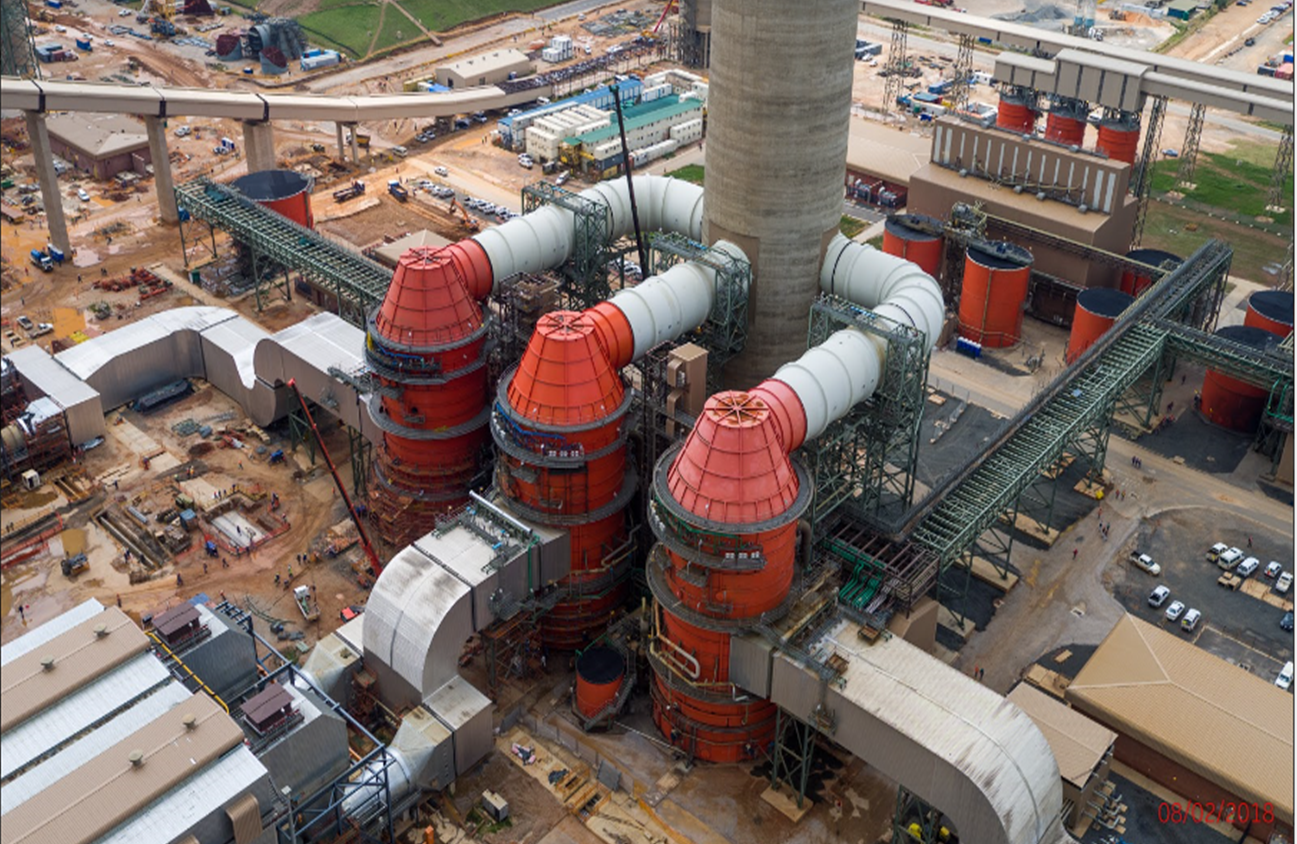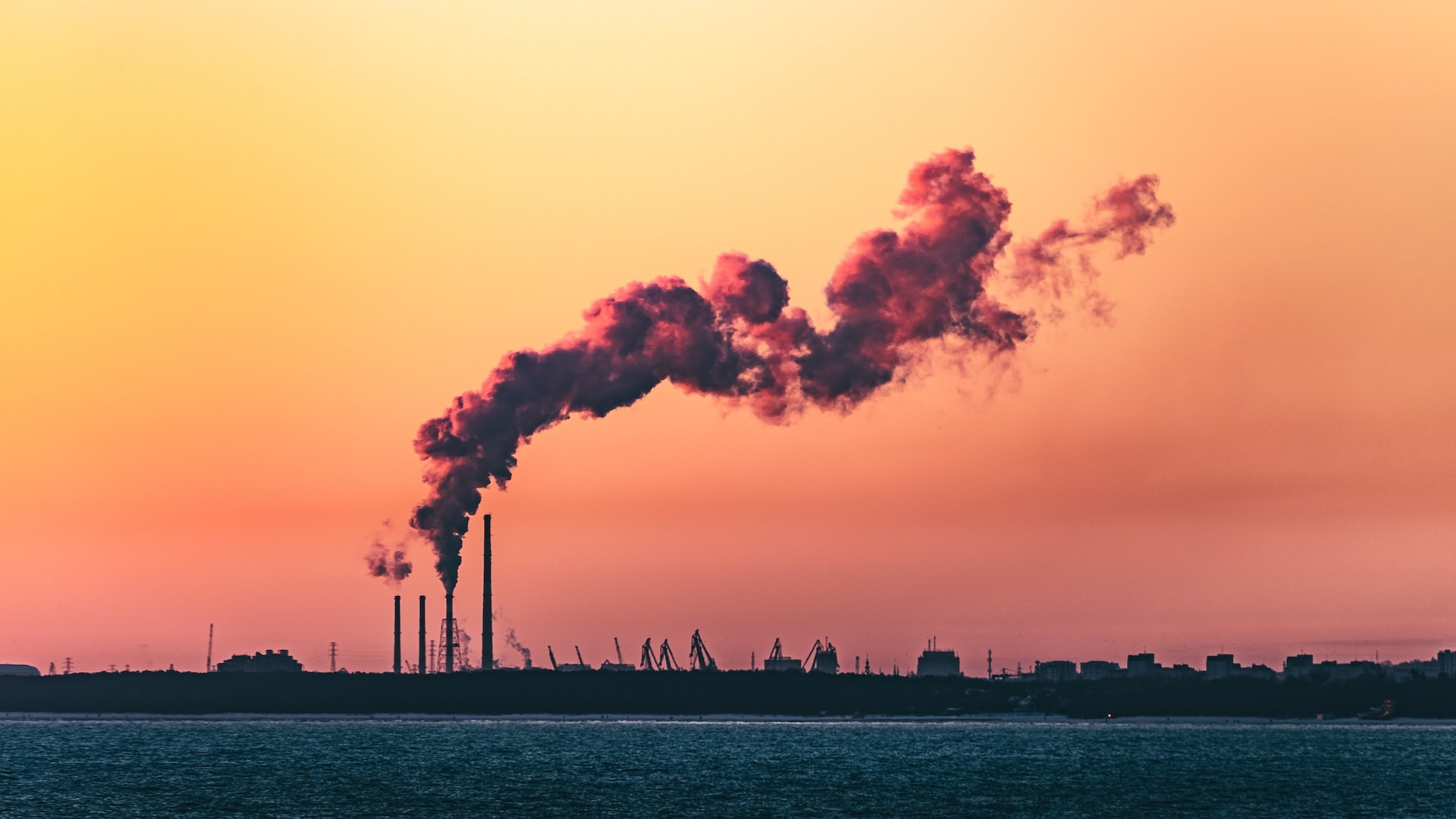With loadshedding cycling between Stage 3 and 4 this week, and a National State of Disaster being declared to solve the ongoing energy crisis, South Africans are keen for a resolution.
However, we should be careful not to make decisions that address a problem now only for that band-aid to create a festering sore that we cannot recover from.
On Monday Bloomberg reported that Eskom had requested permission from the Department of Forestry, Fisheries and the Environment, to by-pass the flue-gas desulphurisation unit at Kusile power station. This would allow the utility to bring 2 100MW of capacity to the grid faster, but there is a cost.
The flue-gas desulphurisation unit removes many harmful toxins from the emissions at three of Kusile’s six units. Among these toxins that are removed is sulphur dioxide.
The amount of sulphur dioxide that these units remove isn’t 100 percent, but it’s close enough to make an arguable difference to the emissions in our atmosphere. According a press release from General Electric in 2018, it had completed tests for performance of unit 1 of the “Wet Flue Gas Desulphurization Plant (WFGD) at Eskom’s Kusile new build plant” pictured below.

“During its performance tests, Kusile’s WFGD plant has exceeded original performance commitments as it achieved 93% removal efficiency rate, to deliver more value to Eskom and the local communities,” reads the press release.
Short-term gains, long term harm
By-passing the measures that are put in place to insure communities and our environment aren’t destroyed feels like an awful idea, no matter how desperate we are to solve an energy crisis.
This is not to say that emissions from Eskom’s fleet of power stations don’t already have a negative impact on South Africans.
Last month Earthlife Africa and groundWork represented by the Centre for Environmental Rights filed a legal submission (PDF) to the government appointed expert panel on air pollution. This submission called on the panel to consider the horrific impact Eskom’s air pollution has on the lives of South Africans.
The organisations called on government to enforce compliance with minimum emission standards rather than allowing Eskom to further postpone compliance.
Citing modelling data from the Centre for Research on Energy and Clean Air, the organisations report that, “…emissions from the company’s [Eskoms] power plants would be responsible for a projected 79 500 air pollution-related deaths from 2025 until end-of-life. On a cumulative basis until the end-of-life of the power plants, compliance would avoid a projected 34 400 deaths from air pollution and economic costs of R620 billion…”
Should Eskom by-pass the flue-gas desulphurisation unit, it could increase its sulphur dioxide emissions by eight times to 80 000 tonnes just at Kusile.
Long term exposure to sulphur dioxide can lead to chronic bronchitis, asthma, a decline in pulmonary function, and other chronic ailments.
It isn’t clear whether the Department of Forestry, Fisheries and the Environment will have the final say on whether Eskom can by-pass the emission reduction measures. The National State of Disaster gives government more sway than it ordinarily would. Not that there has been any movement as regards the implementation of a State of Disaster, an odd move if we’re being honest.
This is however, a serious matter worth paying attention to as it has the potential to affect every single South African including citizens who live near and around these power stations.
Let’s not create one disaster in order to address another.
[Image – Marek Piwnicki on Unsplash]

